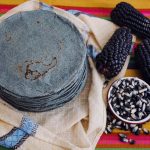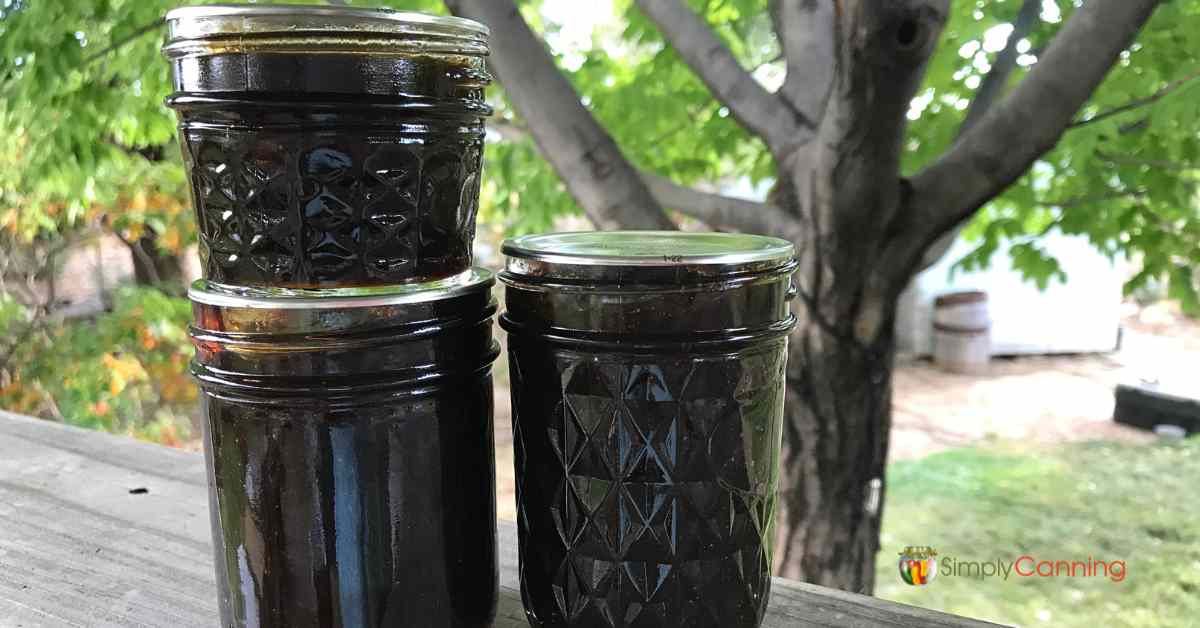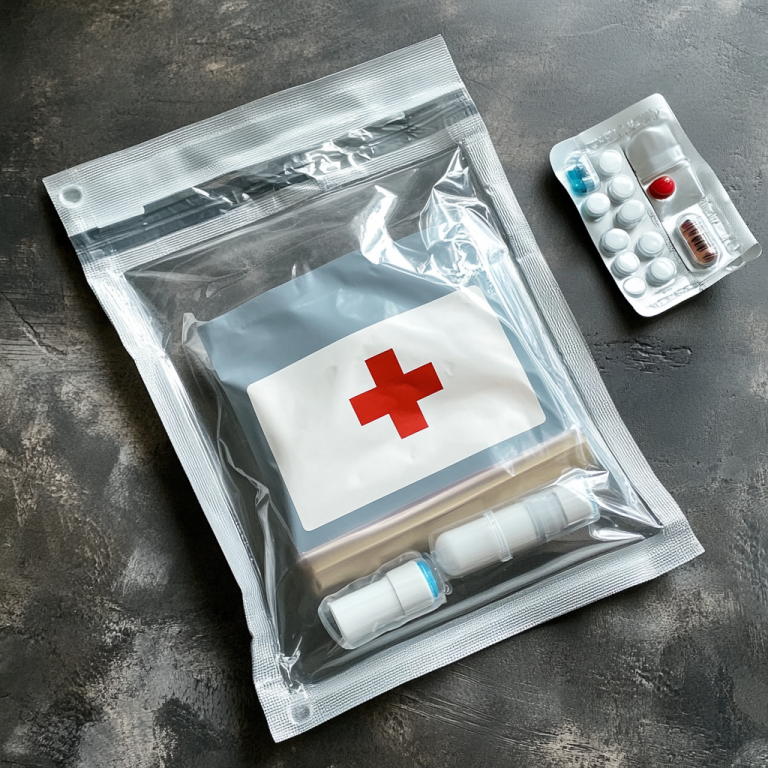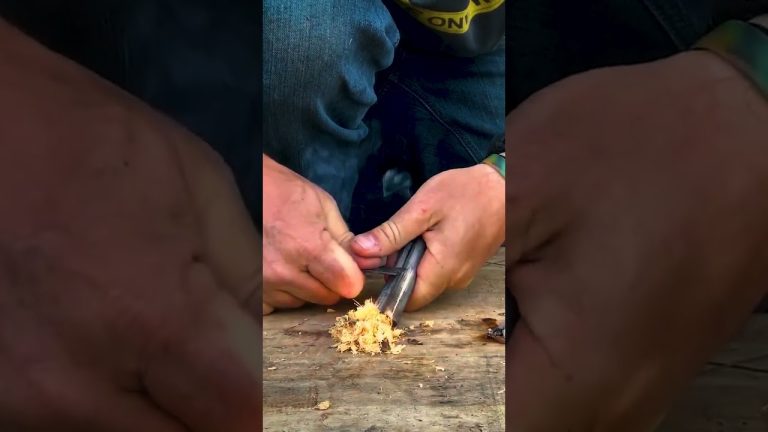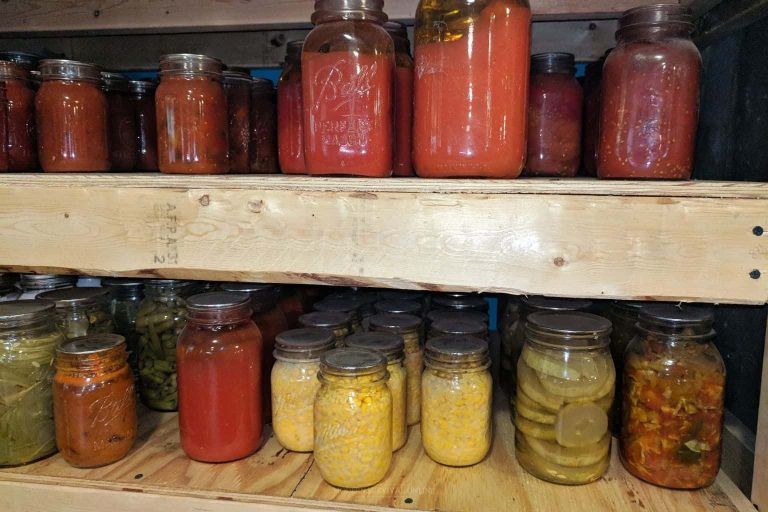What to do when you have too many plums? Plum butter of course! You’ve probably heard of apple or pear butter. But what about PLUM butter? Yes, it’s as yummy as it sounds!
In this article, you’ll learn how to cook down plum pulp into a thick, spicy fruit butter that’s water bath canned in half-pint or pint jars so you’ll have plum butter for spreading on toast and more.
What type of plums work best?
Any plum variety works for this recipe. You can use Italian plums, red, black or even yellow plums. The color of your fruit butter will vary of course accordingly. I used Damson plums. At least that is what my friend told me who offered them to me. ?. Apparently Damson is used pretty commonly in cooking and culinary purposes.
What is the difference in plum sauce vs plum jam?
For those who wonder, fruit butters are a little different than jams. Its a texture thing. There is more of a gel going on with jam whereas butters are more of a fruit puree. Both are delicious.
Extended Directions & Tips for Canning Plum Butter
Quantity
How many jars does this make? I’d estimate that 6 cups of chopped plums will give you about 6 half pint jars. (That is an estimate!)
Unfortunately, I didn’t jot down how many jars my recipe made. Fruit butter yield is hard to predict, because it really depends on how much moisture is in the plums, your cook down method, and how long you cook the mixture. Every batch will be a little different because of those factors and what fruit you’re using!
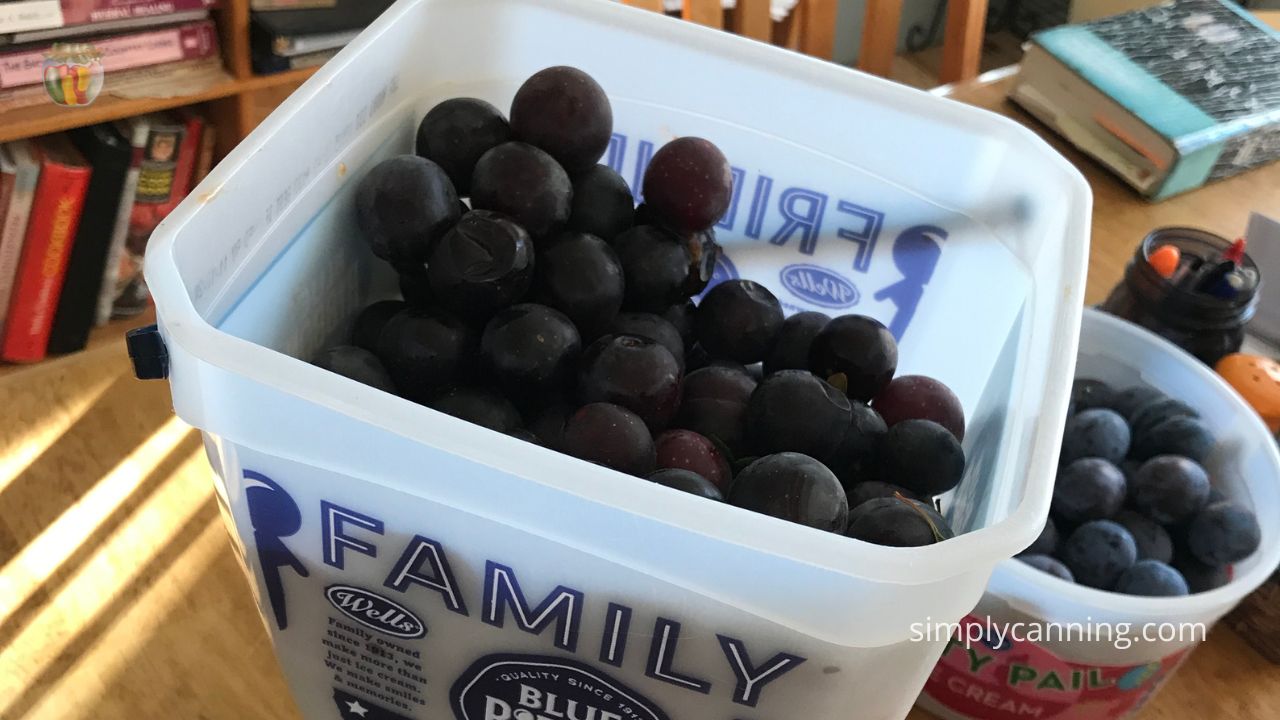
Know Your Canner
Before you start this recipe, if you’re unsure about using a water bath canner, take a moment to check out “How to Use a Water Bath Canner.” Plum Butter is also a perfect recipe for using a Steam Canner. (not a pressure canner this is different). Both of these guides will walk you through the steps, so you’ll be all set up and ready for success with any canning project, including fruit butter.
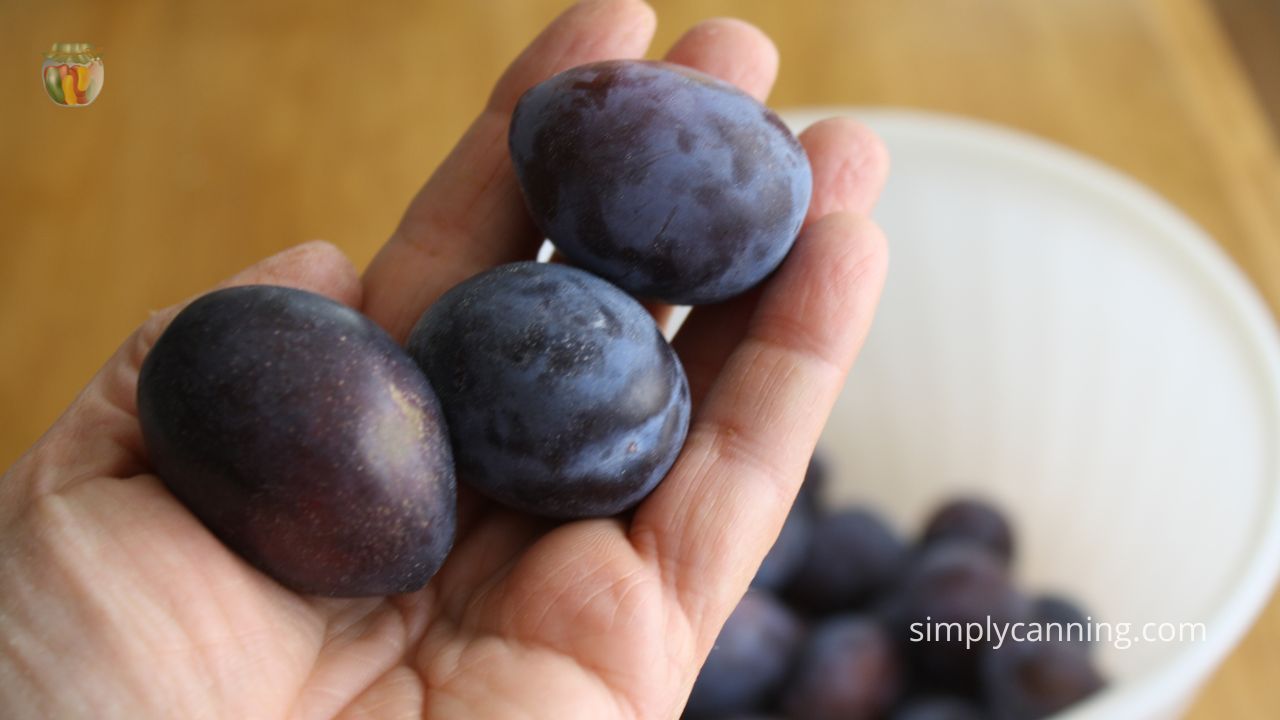
How to Make Plum Butter
Start by washing, crush and cook the fruit in its own juice, stirring often. I like to remove pits as I work, but many will also come out in the next step through the food mill.
You’re looking to cook the pulp until it’s very soft and the skins will peel off easily. Crush the fruit as it softens. I started with a single layer as it became juicy I added more plums.
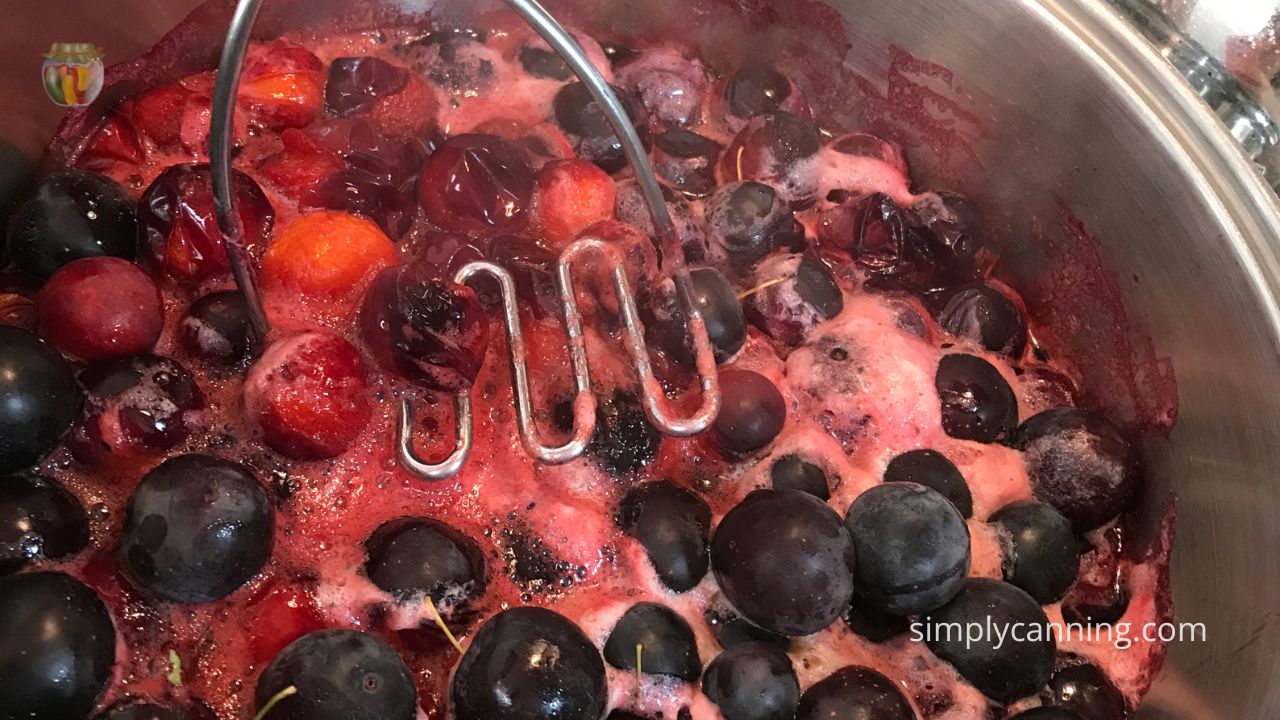
Next, press the cooked plums through a sieve or food mill to make a puree. This will remove most of the skins and any remaining stems and pits. (I also pick out the pits as they are kind of big and make mashing tricky.)
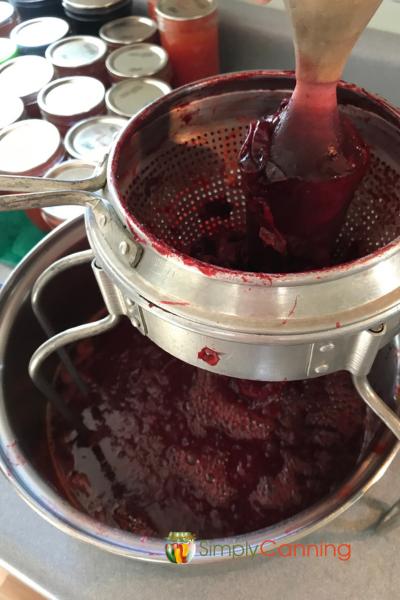
You can use an immersion blender to blend up your fruit as well. You’d need to remove the pits and stems first! You want it to be a smooth, sauce-like consistency. Don’t overdo the blender. You don’t want it liquified.
How to Cook Down
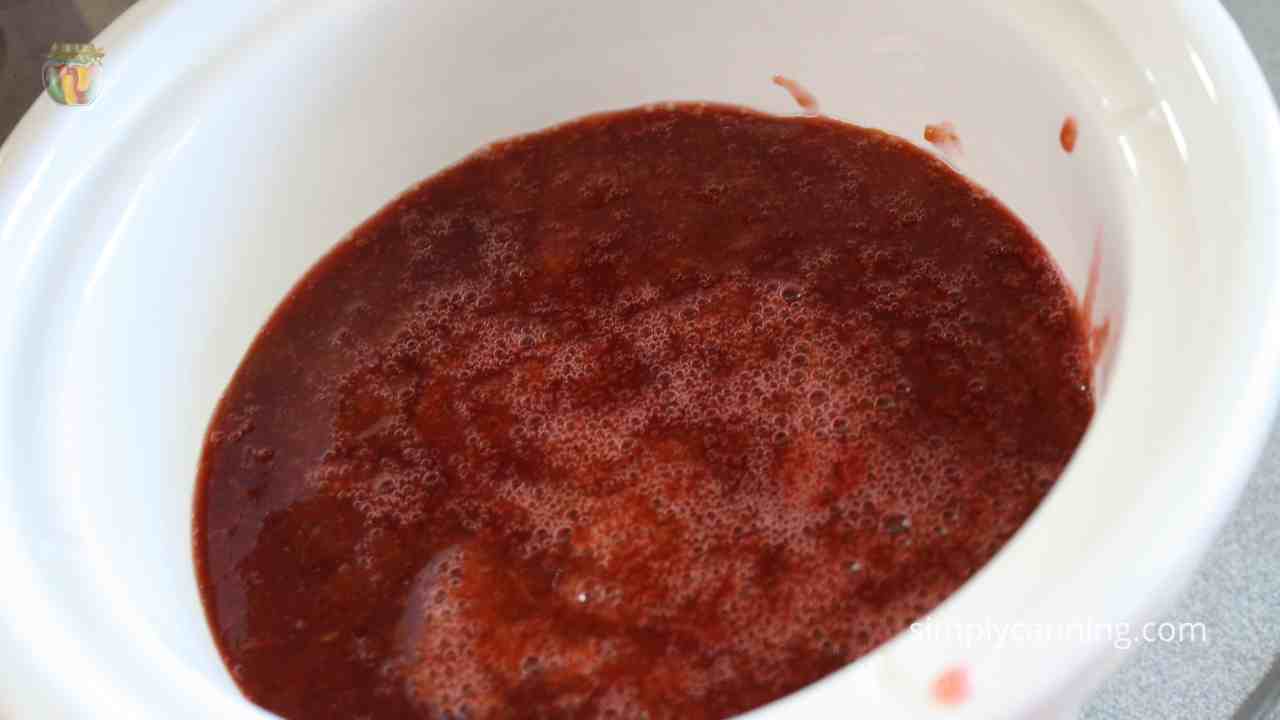
Next, measure out 2 quarts of cooked fruit pulp. Measure out sugar and spices and add to fruit. (The suggested ratio is ½ cup sugar to every 1 cup plum pulp.) I mixed mine right in my slow cooker since this is where I’ll be cooking it down. Keep reading for options on how to thicken up your butter.
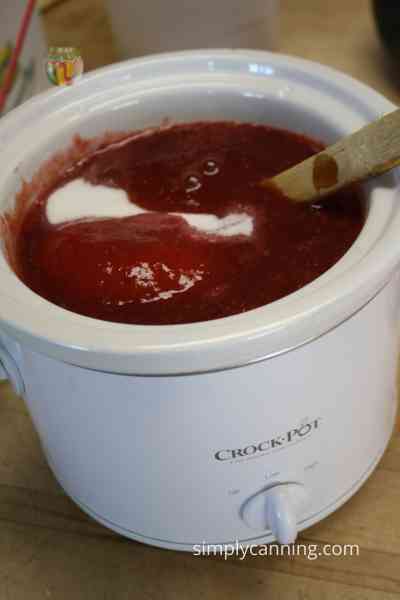
As for spices, this recipe originally includes only cinnamon. But you can adjust seasonings to your desire, adding some allspice, cloves, or ginger too. I often add a pinch of salt to my fruit butters as well to further enhance the flavor.
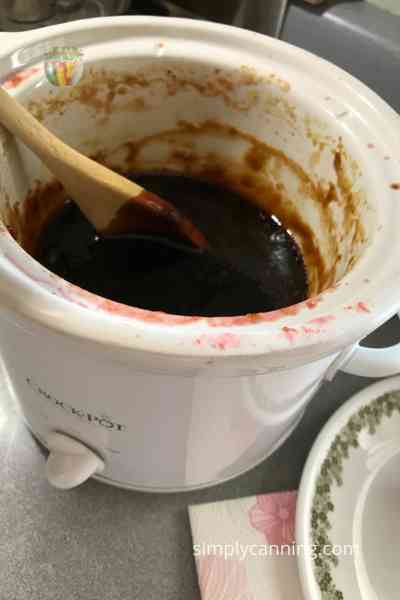
Cook the fruit, sugar, and spices down until thick and your desired consistency. You have several different options for thickening your fruit butters of any type. I give directions on how to do this in a slow cooker and below the other options are listed with pros and cons.
- In a Slow Cooker
- On the Stove
- In the Oven
How to Thicken Plum Butter in a Slow Cooker
I make plum butter in a slow cooker, because it’s most efficient and least likely to burn. Cook on high for about 3 hours or so. Stir and then turn down to low. I leave the lid ajar at this point to let moisture escape and thicken the fruit faster. Allow the mixture to cook, stirring occasionally to prevent scorching if needed. Finish off a whisk.
You can leave your slow cooker overnight if you know it won’t heat up too high. (In my experience, newer cookers heat up more and often end up scorching. I can do this with my old slow cooker just fine.)
Other Methods For Cooking Down Fruit Butter
A slow cooker isn’t your only option. You can also cook ingredients in a saucepan on a stove top, I don’t think this is efficient and I know it is very prone to scorching, especially if you don’t use a thick-bodied pan. But if that is all you’ve got just be careful and it works. Use a very low heat and keep watch and keep stirring.
Another option if you don’t have a slow cooker is to use a wide glass or stainless steel pan and bake the fruit butter in the oven at 275 degrees F, stirring occasionally until thickened. Cooking times will vary.
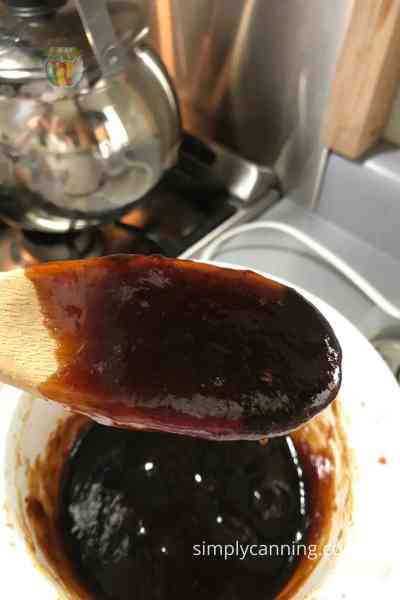
When the fruit butter is done, it should be thick enough to round up on the spoon and also have a glossiness or sheen to its texture too. It will also turn quite dark, typically, darker as you cook it. Use your best judgment here. Depending on the juiciness of your fruit, this process could take anywhere from a few hours to more like 12 or so. Again, it depends a lot on the fruit.
Canning Plum Butter
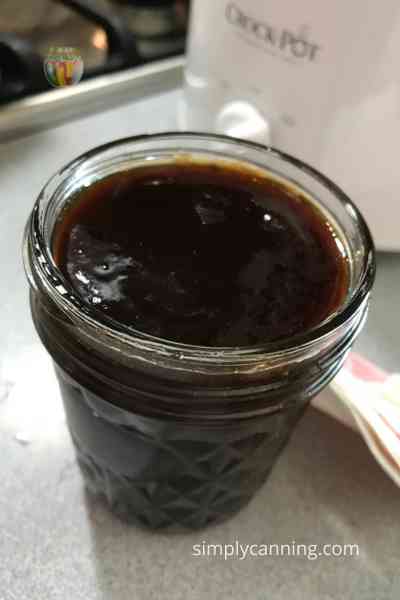
Fill jar with thickened fruit butter, leaving ¼” headspace. Wipe the rims with a damp towel to prevent any stickiness from interfering with the seal. Add your lids. Process at a boil in your water bath or steam canner according to instructions in the recipe card below. Remember to adjust for altitude as needed.
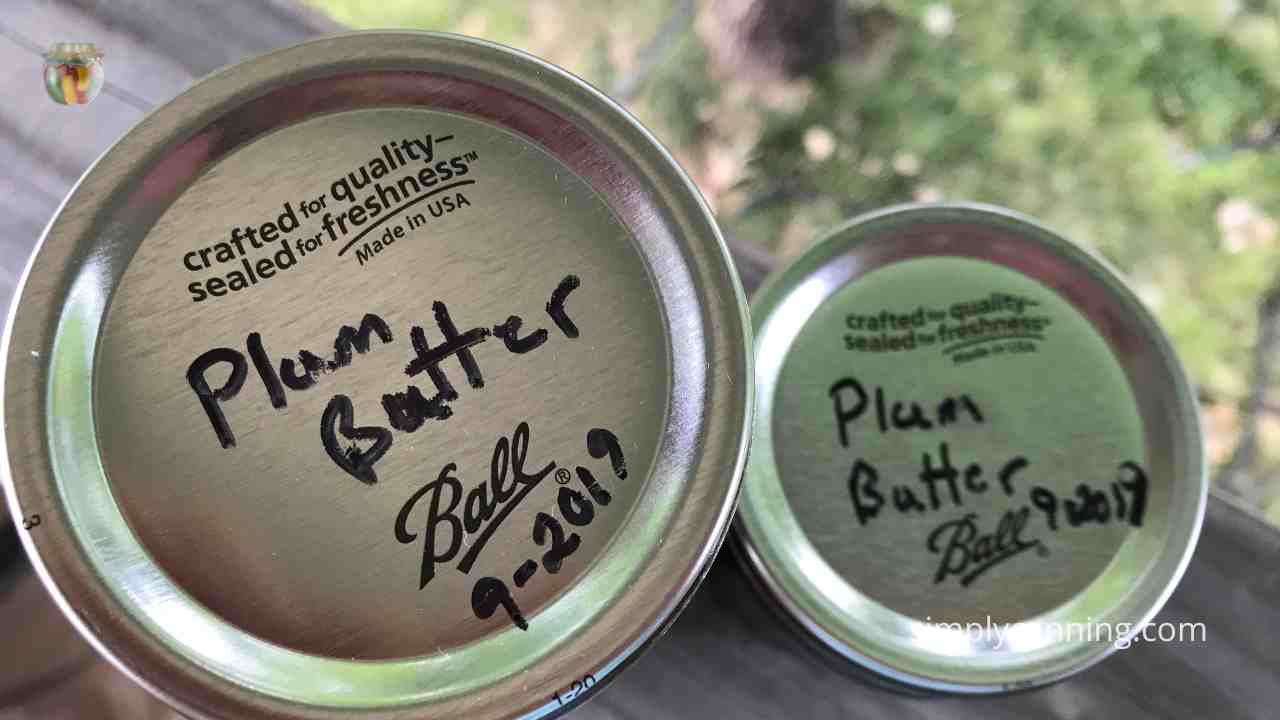
Adjusting Spices for Plum Butter
Yes, if you’d prefer, you could always omit the spices from this recipe. They’re just seasonings. Remember, cooking down the fruit butter will make the spices taste stronger as the mixture becomes more concentrated, so don’t overdo the spices.
Where to Find Fruit
Wondering where to find fruit? Gleaning is a great option. Call ahead to a local orchard to pick up seconds after the main picking season is over. Since it is pureed and cooked down, plum butter is a great use for fruit that is too soft or damaged to be useful as whole slices. Waste not, want not!
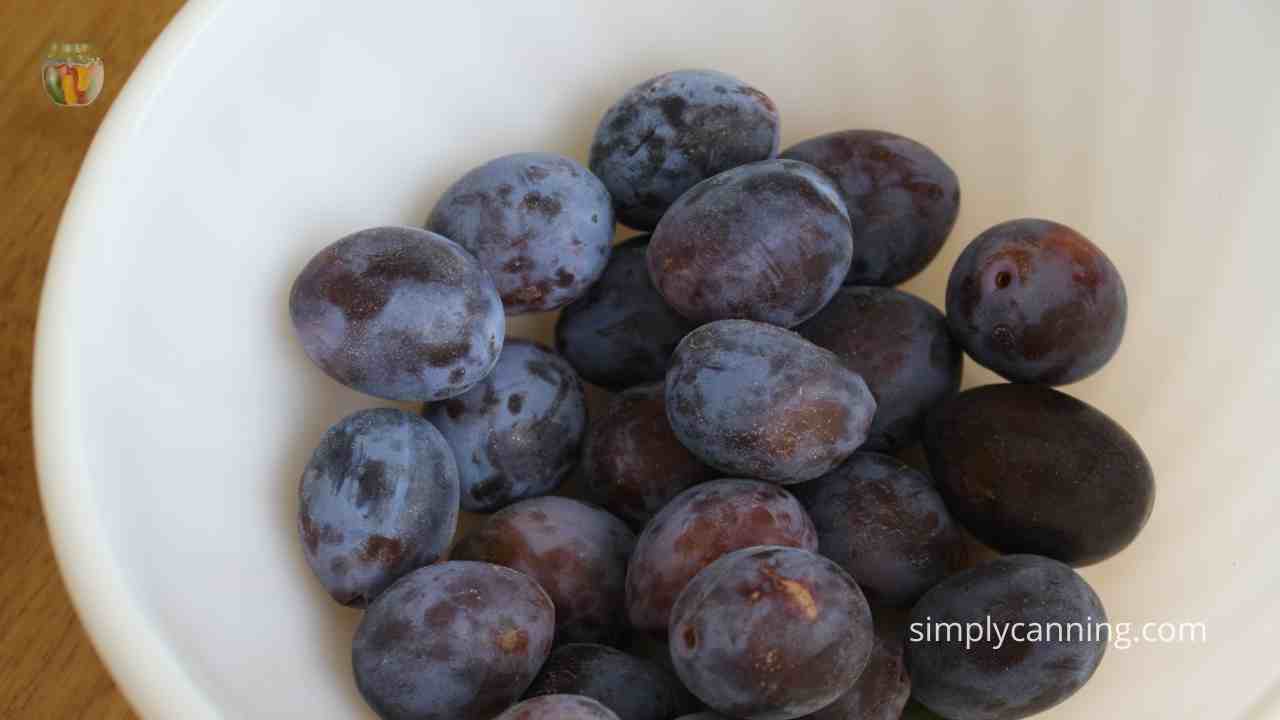
I love it spread on toast or crackers! Add to oatmeal, spread on pancakes. Yum. But you can also find other creative ways of using it, including adding to layered cakes and cookies.
I use ripe fruit since I think it has the best flavor and cooks more quickly. That said, the PennState Extension mentions that somewhat under ripe fruit does contain more natural pectin, which makes for a slightly thicker butter in the end.
Before You Go…
Plums aren’t the only type of stone fruit that make delicious butters! You can also make homemade peach butter and homemade apricot butter and the ever favorite apple butter.
Recipe Card
H3 Sources





